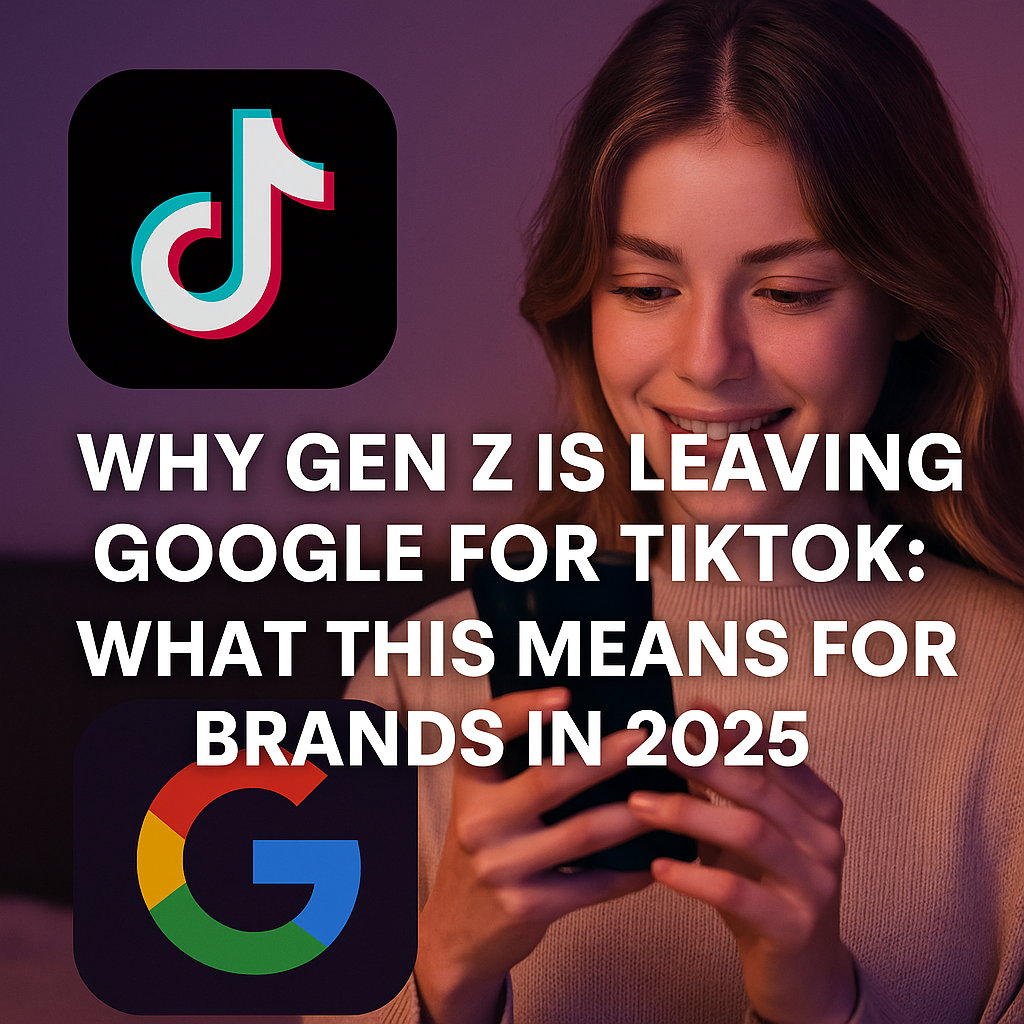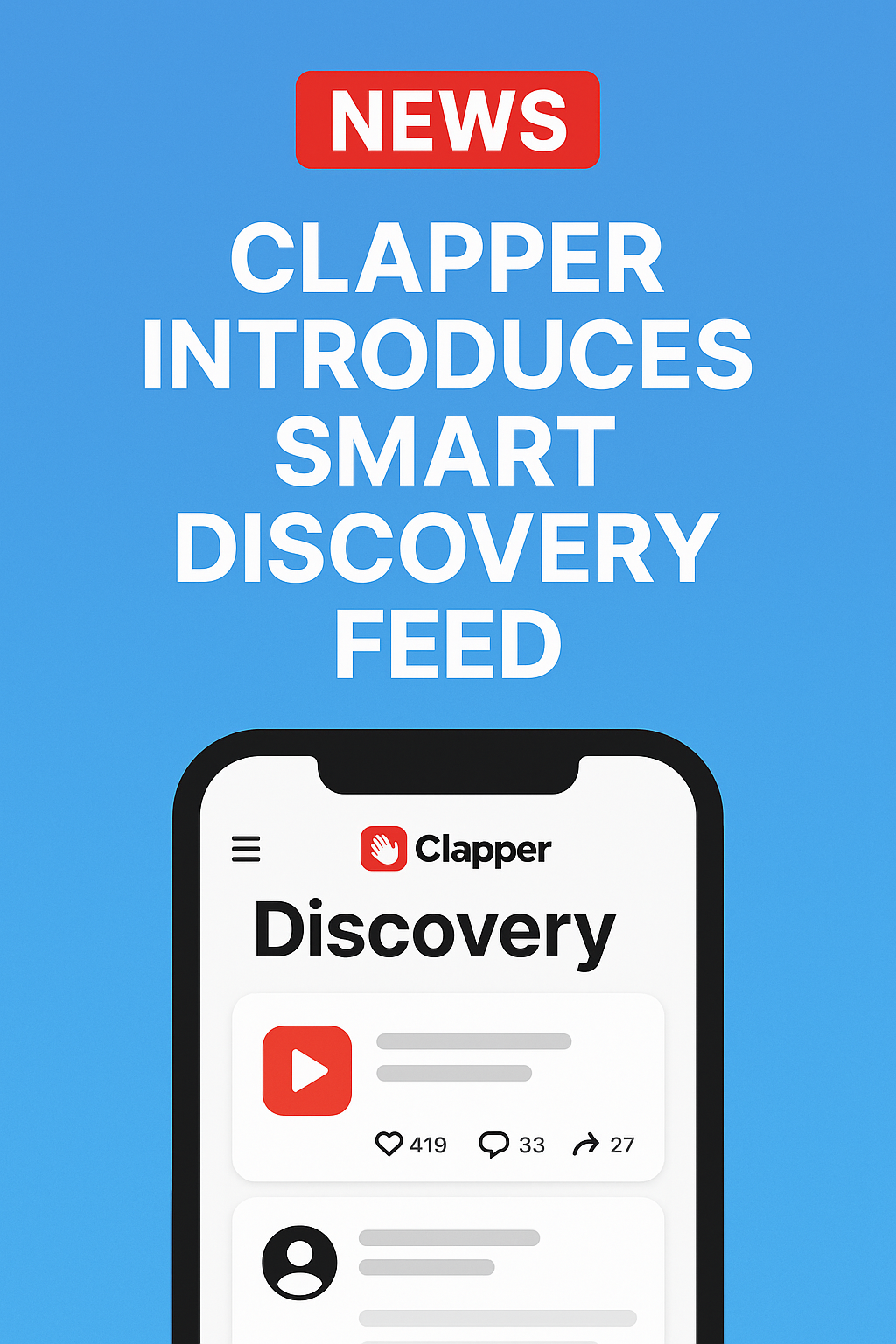

conferences for Twitter, Facebook and Google, when taken together with
Apple’s iPad / iAd introductions, the first half of this year has been
nothing short of breathtaking.
At the I|O Conference last week, Google made it abundantly clear it’s
going after Apple (and many others), and that they’re all in for HTML5.
It’s also clear Google is all in for TV by officially introducing
Google TV. One last thing Google is all-in for is mobile, and announced a
new Android OS.
One thing they don’t seem to care much about any more is search.
That is, it would be easy to conclude that, since search per se
didn’t come up once during the conference.
But it’s easy to see why all the things Google is all-in for plays
into their core search strength. Before I elaborate on this point,
however, consider some numbers:
- More than 100,000 Android-enabled devices are being sold every day,
overtaking sales of the iPhone worldwide.
- While there are one billion computer users globally, there are two
billion mobile users. And as more and more searches emanate from smart
phones these days, its getting easier to imagine these outpacing
computer-based searches.
- Moreover, there are four billion TV users around the world; in the
U.S., folks spend, on average, five hours per day watching the old boob
tube (that’s an old-timey term for TV, not porn.)
- According to Google, $70 billion is spent on television advertising
in the United States alone.
So, yeah, it’s easy to see why Google is all about these other
things: it all comes back to its core search advertising strengths.
The embrace of HTML5 similarly plays to their core strength while also
improving the prospects of another key Google priority: YouTube (the
boob tube of the 21st century).
A key reason why HTML5 is a darling not only at Google, but also at
Apple and Microsoft, is because the as yet un-ratified Web development
language supports, among other things, video, graphics and audio. Which
means search engine crawlers are now able to index all those bits of
web sites that were formerly unindexable (like Flash animations or
Flash-enabled video.) Moreover, because these bits can be tagged via
HTML5, they can be indexed more accurately.
As search engine optimization pros struggle to understand how to
optimize sites for Facebook’s Open Graph, which was announced only a few
weeks ago, they must now also contend with migrating to HTML5 – fast.
Those that lag might potentially see a diminution in search rank as more
nimble sites make the transition faster.
And what about Google TV? First, watch the video. Then, consider all the ways in
which Google might use its expertise in marrying just-in-time ads
generated from its bidding platform with all the intentions we might
express when doing searches (powered by the Android OS and the Chrome
browser) via Google TV. Though I imagine they’re going to be more
focused on Content Network-type advertising (potentially expanded to
enable the just-in-time placement of interstitials in YouTube videos),
there will likely also be appropriate ways to include text ads from
AdWords.
Users will also be able to visit a favored Web site via Google TV and
instantly turn that into a widget displayed on your TV screen,
essentially creating a new TV channel that you can tune-in to any time.
Add to that all the apps from Google’s app store that will accompany
Google TV, and your TV will now go well beyond what your cable provider
makes available.
Many of these apps have the potential of bringing social networking
components to televised entertainment, such as HitPost, a social app
focused on sporting events and which also provides the potential of
highly targeted advertising. Advertisers of all stripes will have
better targeting capabilities via multiple channels (both literally and
figuratively) with much improved measurability.
For brands willing to serve as the early adopters of Google TV
advertising opportunities, potentially big rewards – and pitfalls –
await. In terms of HTML5, however, that’s a bandwagon all search
marketers need to jump on sooner rather than later. Web developers can
get some information from the W3C site, the Standardista Blog and industry leaders are rushing
to publish guidelines and materials (follow @HTML5Now on
Twitter for regular updates.)















